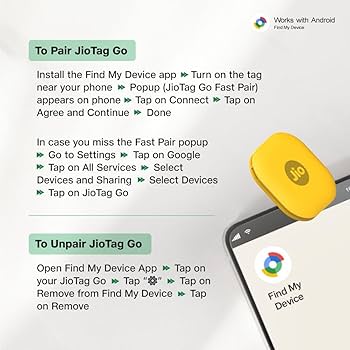

With the increasing demand for smarter and more accurate device tracking, Google seems to be making notable advancements in upgrading its Find My Device app with Ultra-Wideband (UWB) capabilities. This long-anticipated feature, which promises to significantly enhance the precision of locating misplaced devices, is revealing new developments in recent app updates and code discoveries.
Ultra-Wideband (UWB) is a short-range wireless communication standard operating at extremely high frequencies. In contrast to Bluetooth or Wi-Fi, UWB can measure the travel time of a signal between devices with remarkable accuracy. This enables precise location tracking, often down to mere centimeters. For users, this translates to being able to find misplaced items — like phones, earbuds, or trackers — with much greater precision compared to traditional tracking methods.
Recent insights from Android Authority and leaker AssembleDebug reveal that the latest iteration of the Find My Device app (v3.1.305-1) includes new code and animations that suggest upcoming UWB functionality. These updates build on speculation that began in June 2024, implying that Google has been quietly developing this feature for over a year.
One of the most revealing additions is an animation showing users how to position their phones to take advantage of the UWB-based “precision finding” feature. The animation encourages users to hold their devices upright or slightly inclined backward, cautioning that holding them in landscape mode could disrupt the signal. This is consistent with the optimal alignment needed for UWB antennas to effectively connect with the target device.
The app’s coding also makes mention of a feature dubbed “precision_finding,” which seems to be the internal designation for the UWB-enabled tracking system. Instructions in the code indicate that users should “hold your phone vertical and try moving around” to enhance accuracy. Notably, the code highlights that ambient light could impact performance, indicating, “more light needed to find the device.” This implies that augmented reality (AR) might be integrated into the final setup.
Furthermore, previous leaks from 2023 suggested that AR-driven guidance might be incorporated into the Find My Device app. This enhancement would enable users to see visual indicators on their screens — such as arrows or markers — directing them straight to their lost belongings. Although this capability has not been officially confirmed, its persistent presence in the app’s code suggests that Google remains committed to the concept.
Alongside UWB support, the Find My Device app has recently launched a new “People” tab. This feature permits users to share their real-time location with selected contacts, akin to location sharing in Google Maps. Shared data includes the user’s name, profile image, current location, and device battery status. This update was first hinted at during Google’s March 2025 feature rollout and is now being disseminated more widely.
For users who often misplace their devices or depend on trackers for essential items, the introduction of UWB in the Find My Device app could prove transformative. The integration of UWB and AR holds the promise of delivering a seamless and intuitive experience surpassing current Bluetooth-based tracking methods.
While Google has not formally disclosed a release date for the UWB feature, the increasing number of code updates and visual elements suggests that a public launch may be approaching. As more Android devices begin to roll out with UWB chips — similar to those in recent Pixel models — the ecosystem is becoming well-suited for this cutting-edge tracking technology.
As Google continues to enhance and expand its Find My Device platform, users can anticipate more comprehensive and intelligent tracking features to arrive soon. Whether you need to locate a misplaced phone in your residence or track down a lost backpack in your city, UWB-enabled precision finding could soon streamline those tasks, making them quicker and more dependable than ever.
Stay alert for official announcements from Google, as the company is poised to reveal further details regarding UWB support and additional improvements in upcoming feature releases or Android OS updates.